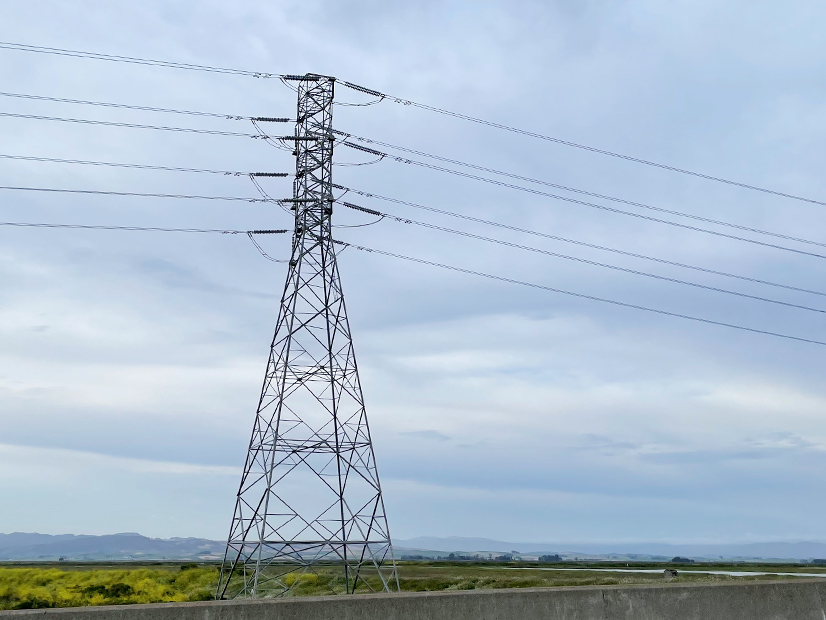FERC rejected a controversial pro forma transmission-to-transmission interconnection agreement filed by Pacific Gas and Electric that the utility said was modeled on CAISO’s large generator interconnection agreement as a means to streamline its interconnection process.
“PG&E states that the pro forma IA [interconnection agreement] will standardize and simplify new agreements and provide transparency and predictability for interconnection customers that are interconnecting their transmission system or transmission facility to PG&E’s transmission system,” FERC said (ER23-1661).
The utility argued that the new IA would “create efficiency since it anticipates 15 new or replacement interconnection agreements through 2025,” the commission said.
CAISO plans and operates PG&E’s transmission system, and its pro forma large generator interconnection agreement (LGIA), with revisions for transmission interconnections, contains “many terms and definitions … consistent with CAISO’s tariff, PG&E said as part of its explanation of why it had used it as a model.
The proposal elicited a slew of protests from utilities, state and federal agencies and balancing authorities that offered 18 categories of reasons why the standardized agreement would be unreasonable and discriminatory to those seeking to connect to PG&E’s sprawling transmission grid.
“Protestors request that the commission reject the pro forma IA or, in the alternative, that the commission establish hearing and settlement judge procedures,” FERC said. “Several protestors … note that the commission has never approved a pro forma ‘load’ interconnection agreement, and instead reviews interconnection agreements on a case-by-case basis.”
One group of protesters called the “Indicated Public Entities” included the city and county of San Francisco, the Northern California Power Agency, the Transmission Agency of Northern California, the Sacramento Municipal Utility District, the Port of Oakland and three irrigation districts that generate electricity.
“Indicated Public Entities argue that PG&E’s desire to ease negotiation of new interconnection agreements is no justification for limiting interconnecting entities’ ability to negotiate terms based on their own circumstances,” FERC said.
The U.S. Department of Energy, the Western Area Power Administration, and the California Department of Water Resources filed motions to intervene and protests.
“DOE asserts that providing uniformity is an insufficient justification for terms of the pro forma IA that conflict with legal rights and obligations of the United States,” FERC said.
DOE also emphasized that PG&E had not adequately explained why it had chosen CAISO’s pro forma LGIA as a “useful or appropriate template for transmission-to-transmission system interconnections,” the commission said.
FERC agreed with the arguments made by DOE and others.
“Rather than explaining why the specific provisions of its proposed pro forma IA are just and reasonable and not unduly discriminatory or preferential in their own right, PG&E places significant emphasis on the fact that it used the CAISO pro forma LGIA as a template for its proposed pro forma IA, and that the Commission previously accepted similar interconnection agreements,” FERC said.
But “CAISO’s pro forma LGIA is designed to address the specific issues associated with the interconnection of a generator to CAISO’s transmission system,” it said. “System-to-system interconnections raise different issues and require different considerations than those addressed in an LGIA.”
In addition, PG&E’s proposal included “significant deviations from CAISO’s LGIA without sufficient explanation, FERC found.
Another main reason FERC said it rejected PG&E’s proposal was because it “contemplates a pro forma IA that includes individually tailored and negotiated appendices that will replace existing IAs when they terminate.”
“We find that PG&E has not adequately explained how the individually tailored and negotiated appendices will be used to capture the customer-specific requirements of PG&E’s differently situated interconnection customers,” FERC said.



